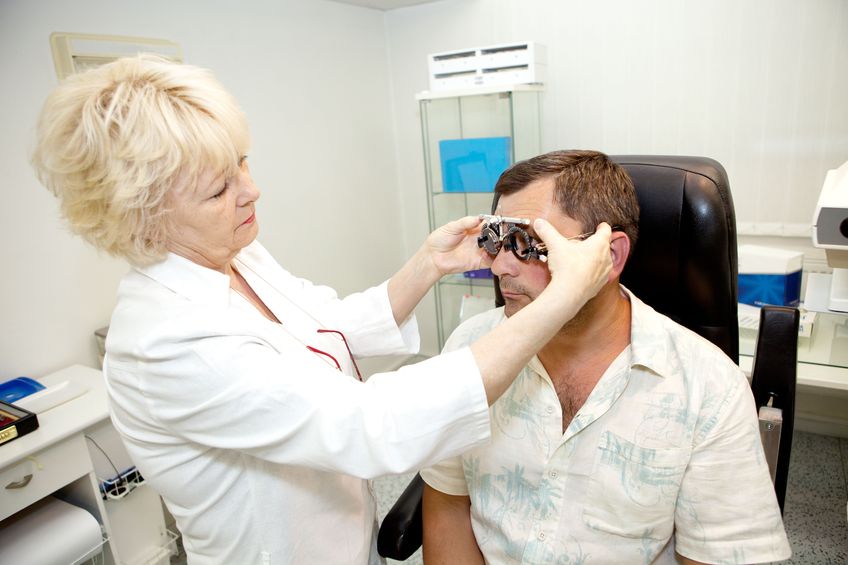As medical implants and devices have increasingly incorporated technology and electronics, traditional methods for microbial sterilization of these devices have largely become outdated.
Sterilizing devices with electronics as part of the device creates a very real problem. Extremely high heat cannot be used as it will damage the electronic components, specifically semiconductors and integrated circuits. To avoid this type of an issue, specialized contractors offering device sterilization continue to enhance alternative sterilization methods that are highly effective and also very safe for the electronic components contained within the device.
There are pros and cons of different methods of microbial sterilization for these devices. Understanding the process and the specific product design will be the most critical factors in selecting the correct option.
Autoclave
As one of the ancient methods of sterilization, the autoclave uses heat, moisture and pressure. These three, in combination and for specific time, denatures the enzymes and proteins in microorganisms.
The biggest drawback to this method is the time as well as the inability for some devices to withstand the heat and humidity under pressure. This is perhaps the least favorable option for devices with electronics, but it can be very effective for instruments.
Chemical Options
Many of the gas types of sterilization processes include ETO (ethylene oxide) or CD (chlorine dioxide). ETO and CD both allow for batch processing and can be completed on a wide range of devices with electronic components with no risk of damage. These two processes are different, but they use gas, pressure and time to kill the microbes and provide a sterile component.
Vaporized hydrogen peroxide can be used as can hydrogen peroxide plasma sterilization. Both of these options have limitations and may not be suitable for those devices with batteries or with semiconductors.
There are also possible microbial sterilization processes that include electron beams and gamma rays. Both of these alternatives need to be carefully considered as they can have a negative impact on batteries and semiconductors in some devices.


